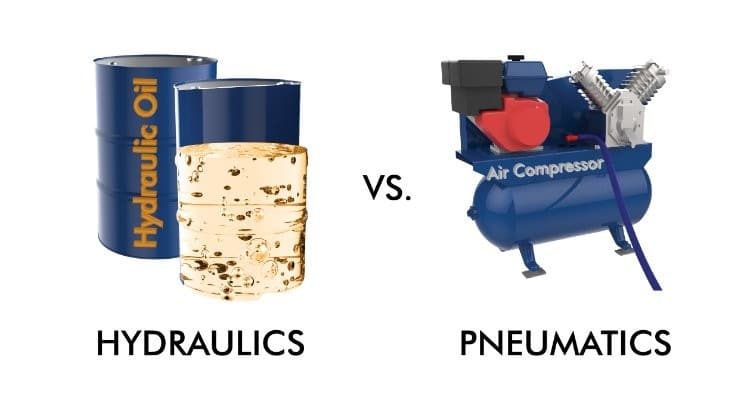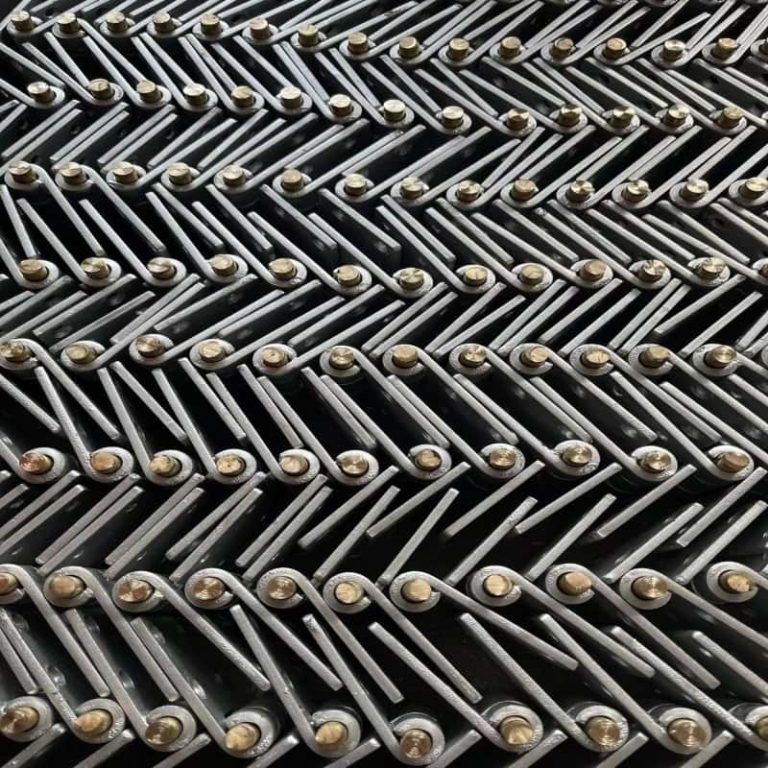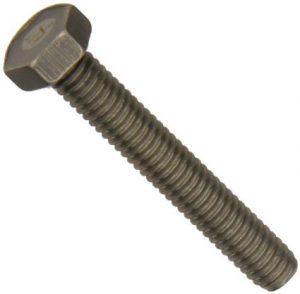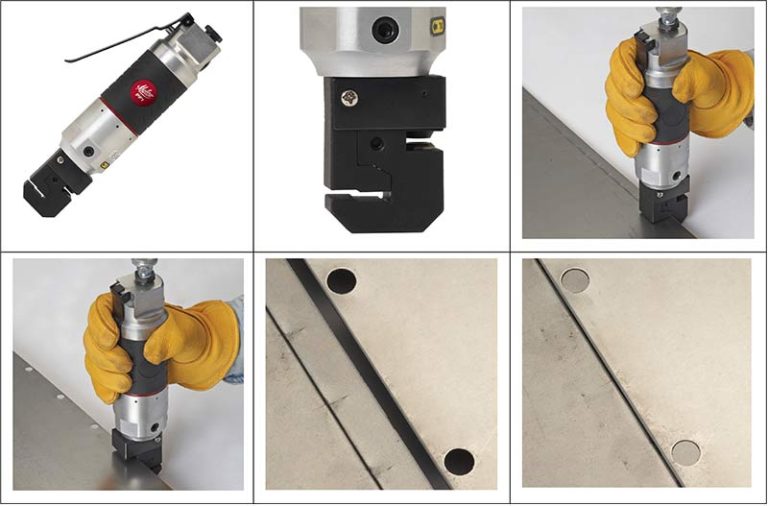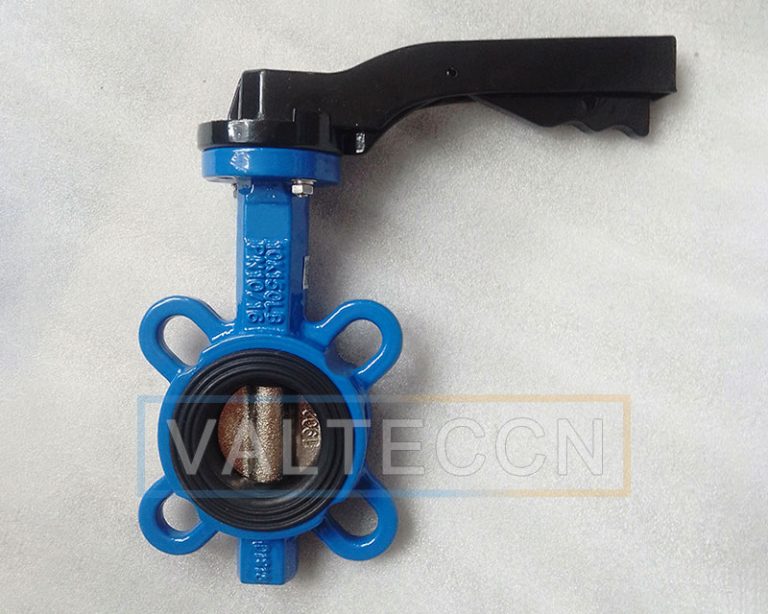Line Vac Troubleshooting / Alumina Ball Conveying
Recently, I had a good interaction with a customer on a Line Vac Application. You can read through the e-mail below to get a better understanding of the issues at work in a typical conveying application.
INQUIRY:
Dear Sir,
We have Line Vac model 6084 operating at between 80 & 90 psig. We are trying to convey alumina balls to a height of about 12 ft. The balls are spherical with diam. between 4 & 7mm (about 1/4 inch). Packed density =50lbs/ ft3 actual density must be in region of 60lbs/ft3. We are only able to convey a very small amount of alumina. Feeding more than a nominal amount blocks the feed tube. Can you please help?
Regards,
Robert
RESPONSE:
Hello Robert,
Yes, I think we have a few ideas you can consider to make the application work a little better.
First thing you must do is to verify with zero doubt about the actual, net operating pressure at the Line Vac inlet. The way you do this is to install a pressure gauge onto a pipe tee and install the pipe tee into the inlet of the Line Vac. Then re-connect your compressed air supply to the 3rd leg of the pipe tee. Operate the Line Vac and note your working pressure on the gauge. If it is less than 80 PSIG, you could do better on the pressure by up-sizing your feed lines and all fittings that are included within. Re-test the Line vac as outlined above and note any improvement in net working pressure.
OK, let us assume you were able to fix the supply problems that contributed to the excessive pressure drop. You can then make a modification to the Line Vac itself by taking it apart and removing the internal part called a generator. This is the part with the air jet holes drilled into it. You can proceed by enlarging these holes to a larger diameter. This will give you higher vacuum performance similar to our Heavy Duty Line Vac series of Line Vac. Do note that if you do not check your plumbing supply lines as indicated in the first paragraph, making this modification could make things worse. So, you do need to be confident that your compressed air system is up to the task.
Another direction you can take will be to go to a smaller size Line Vac to improve your performance. This may seem counter-intuitive at first, but have an open mind. Going smaller size on Line Vac reduces your air consumption requirement which makes the demand on your compressed air system less which reduces the chances of you have an extreme pressure drop at the Line Vac. The other idea at work here is that you are essentially trying to pull a vacuum over a smaller cross-section area with a smaller Line Vac which enables higher air velocity within the conveying tube with less effort. That higher conveying air velocity is what you need to pull these relatively dense alumina balls without having them stall inside the conveying hose.
If I were to suggest a size to move down to, I’d go with a 1-1/4″ unit from the 2″ model you have now. That would take your air requirement at 80 PSIG down from 45 SCFM to 26 SCFM. In other words, cutting the air required by almost half. Hopefully, now you are beginning to have the understanding. And then, you can make the same hole enlarging modification to the 1-1/4″ unit that I described above if you wanted to in order to improve through put by about 20 – 30%. Do note that you have to be able to maintain input pressure right at the Line Vac in all cases.
Best regards,
Neal Raker, Application Engineer
nealraker@exair.com
